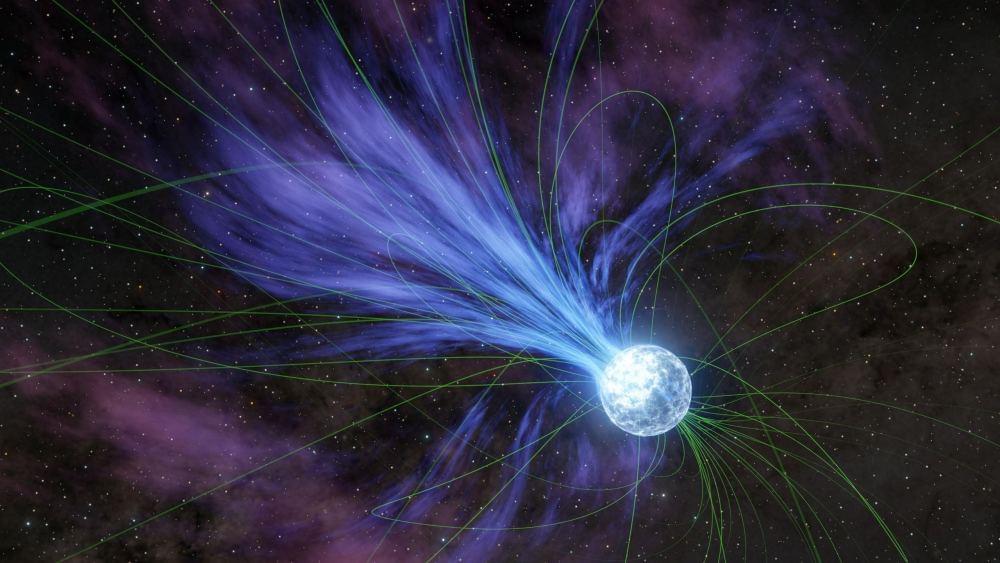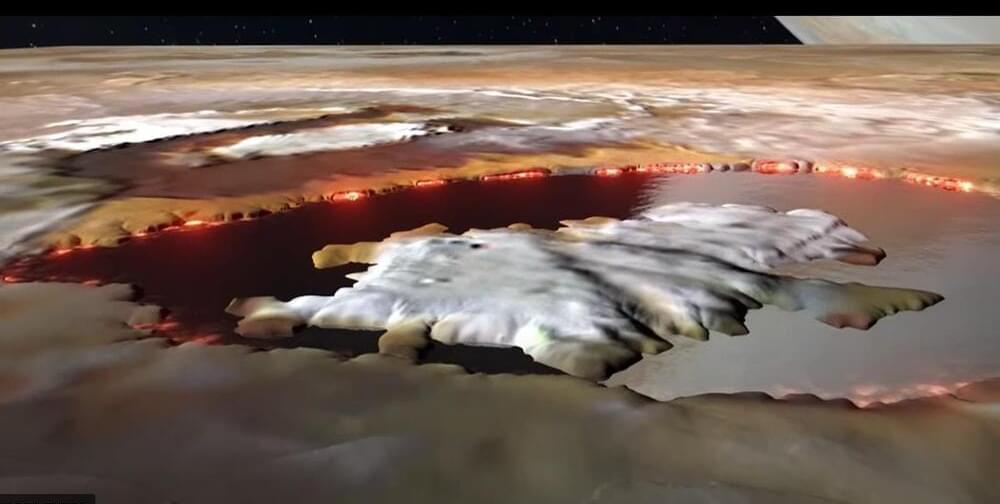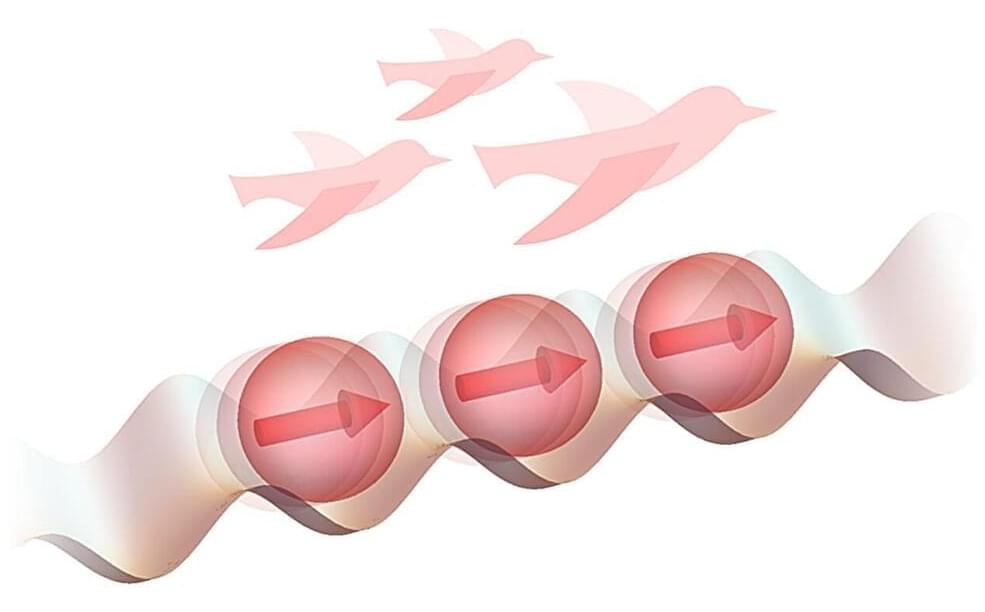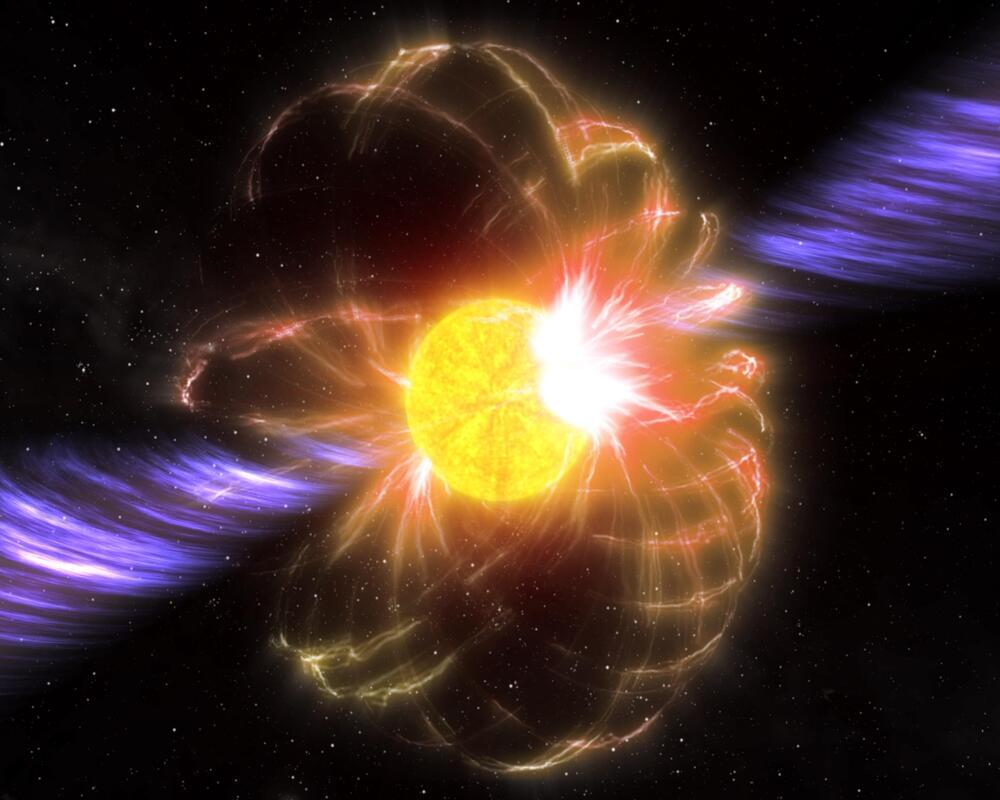Apr 28, 2024
Neutron Stars Could be Capturing Primordial Black Holes
Posted by Dan Breeden in categories: cosmology, futurism
It turns out that such cannibalism cannot explain the missing pulsar problem, according to Caizzo. “We found that in our current model PBHs are not able to disrupt these objects but this is only considering our simplified model of 2 body interactions,” he said. It doesn’t rule out the existence of PHBs, only that in specific instances, such capture isn’t happening.
So, what’s left to examine? If there are PHBs in the cores and they’re merging, no one’s seen them yet. But, the center of the Galaxy is a busy place. A lot of bodies crowd the central parsecs. You have to calculate the effects of all those objects interacting in such a small space. That “many-body dynamics” problem has to account for other interactions, as well as the dynamics and capture of PBHs.
Astronomers looking to use PBH-neutron star mergers to explain the lack of pulsar observations in the core of the Galaxy will need to better understand both the proposed observations and the larger populations of pulsars. The team suggests that future observations of old neutron stars close to Sgr A could be very useful. They’d help set stronger limits on the number of PBHs in the core. In addition, it would be useful to get an idea of the masses of these PBHs, since those on the lower end (asteroid-mass types) could interact very differently.


















